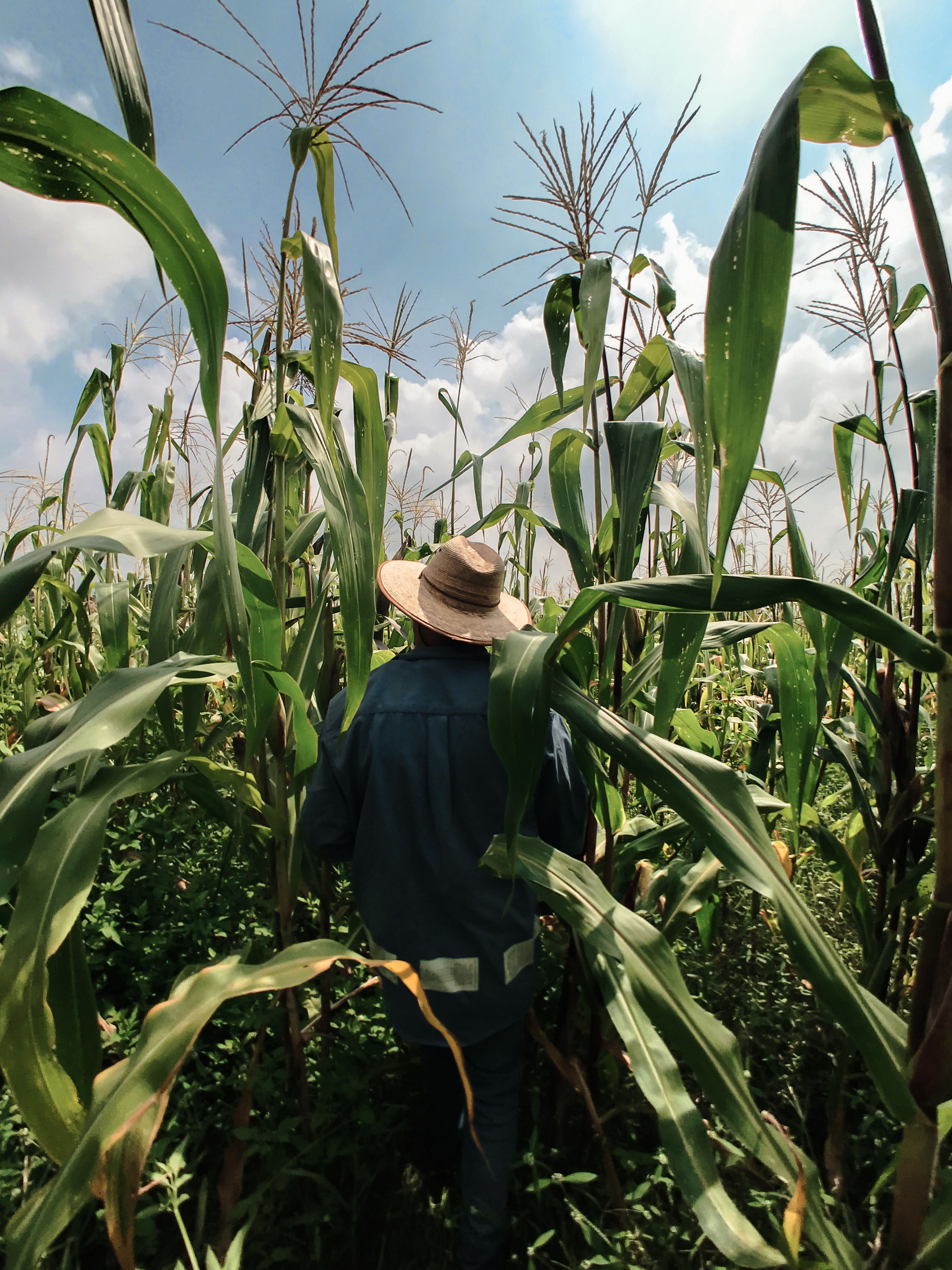Pesticides
U.S. crop producers use a variety of practices to reduce yield losses to pests. They may choose crop choices, planting date adjustments, and crop rotations to limit the emergence and spread of weeds, insects, and funguses. They may use mechanical methods, such as tillage and hoeing by hand, to manage weeds. Some may release beneficial organisms in fields, especially when managing insect pests. They may also apply chemical pesticides, including herbicides, insecticides, and fungicides, usually through spraying the fields. Farmers also manage pests with genetically engineered (GE) insect-resistant and herbicide-tolerant seeds for certain crops (see the topic on Biotechnology) for more information on the adoption of GE seeds). Producers of certified organic crops avoid the use of synthetic chemicals and GE seeds for pest management; they are much more reliant on production practices such as crop rotation, tillage, adjustments to planting and harvesting dates, and the use of beneficial organisms (see the topic on Organic Agriculture). USDA surveys pest management practices among producers of nine major field crops (barley, corn, cotton, oats, peanuts, rice sorghum, soybeans, and wheat) in Phase II of the Agricultural Resource Management Survey (ARMS). Estimates of pesticide applications and other practices for each crop for selected survey years are reported in the ARMS Farm Financial and Crop Production Practices data product. The National Agricultural Statistics Service (NASS) surveys chemical use among producers of the nine major field crops, as well as among producers of potatoes and selected fruit and vegetable crops, through additional focused ARMS versions, and reports on chemical use though the NASS Agricultural Chemical Use Program.
Quoted text goes here.
Agricultural Resources and Environmental Indicators, 2019 (EIB-208, May 2019) Pesticide Use in U.S. Agriculture: 21 Selected Crops, 1960-2008 (EIB-124, May 2014)
Example lists
Agricultural Resources and Environmental Indicators, 2019 (EIB-208, May 2019) Pesticide Use in U.S. Agriculture: 21 Selected Crops, 1960-2008 (EIB-124, May 2014)
Fertilizers
HTML defines a long list of available inline tags, a complete list of which can be found on the Mozilla Developer Network.
Nitrogen, phosphate, and potash are essential in the production of crops used for food, feed, fiber, and fuel. Applied annually, most of these nutrients are absorbed by the crop, but when applied in excess, they can be lost to the environment through volatilization into the air, leaching into ground water, emission from soil to air, and runoff into surface water. These losses can be reduced by adopting best management practices (BMPs) that increase nutrient accessibility and enhance plants' ability to uptake the nutrients, and more closely match nutrient applications with agronomic needs. ERS gathers information on onfarm use of fertilizers through USDA's Agricultural Resource Management Survey (ARMS). Producers of nine major field crops—barley, corn, cotton, oats, peanuts, rice, sorghum, soybeans, and wheat—are contacted in selected years. ERS reports on nutrient applications and application methods for synthetic fertilizers and manure in ARMS Farm Financial and Crop Production Practices tailored reports, which also provide survey documentation and access to the questionnaires. ERS uses the same ARMS source to develop estimates of fertilizer application costs for each of the nine major field crops surveyed and reports these estimates in the Commodity Costs and Returns data product. ERS combines ARMS-based estimates with data drawn from other public and proprietary sources to report annual estimates of total fertilizer use in U.S. agriculture in the Fertilizer Use and Price data product. Tables in that product report total use by nutrient, application rates per acre for selected crops, fertilizer materials use, and fertilizer prices. In turn, those data are used to support development of indexes of annual fertilizer use in U.S. agriculture, for reporting in the data product Agricultural Productivity in the U.S.

